Words by Dee Scholtz
The City of Johannesburg is the only major city in the world that is not built on a river, a lake or the sea. At an altitude of 1753m (5751 feet) above sea level, Johannesburg is located on a plateau known as the Witwatersrand (White Waters Ridge) so named because of a large number of springs in the ridge, causing it to glisten white in the sun. It is on this ridge that the seams of gold were discovered in 1886 and prospectors from all around the world arrived to set up the mining camp, which became Johannesburg (City of Gold/Egoli).
Johannesburg is also known as one of the largest man-made forests in the world with around six million trees, although geographically located in savanna grassland. The number of trees increases to over 10 million within the extended metropolitan boundaries. Tree planting began in the late 19th century when props for the gold mining tunnels were needed. Primarily forests of blue and red gum; oak; cork oak and walnut trees were planted in areas which are now residential suburbs in the heart of the city. Annual tree planting continues today.
Currently, with a population of more than 9 million people, the city boasts more than 2,343 parks, 22 nature reserves and 15 bird sanctuaries, totalling 22,278 hectares of green space within the Greater Metropolitan area of Johannesburg. So if you live in Johannesburg and you’re not spending time in nature, you have no excuse!
Klipriviersberg Nature Reserve
Only 10 km south of the centre of Johannesburg is the 615 hectare Klipriviersberg Nature Reserve — a combination of open veld — featuring around 650 species of indigenous and exotic plants — and koppies (small hills) with a network of 20 kilometres of hiking trails. 215 bird species plus blesbok, zebra, wildebeest, and hartebeest make this reserve ideal for nature lovers. Archeologically, there are ancient stone circles and artefacts that can be viewed.
Admission Free. 6am to 6pm. Safer to go in groups.
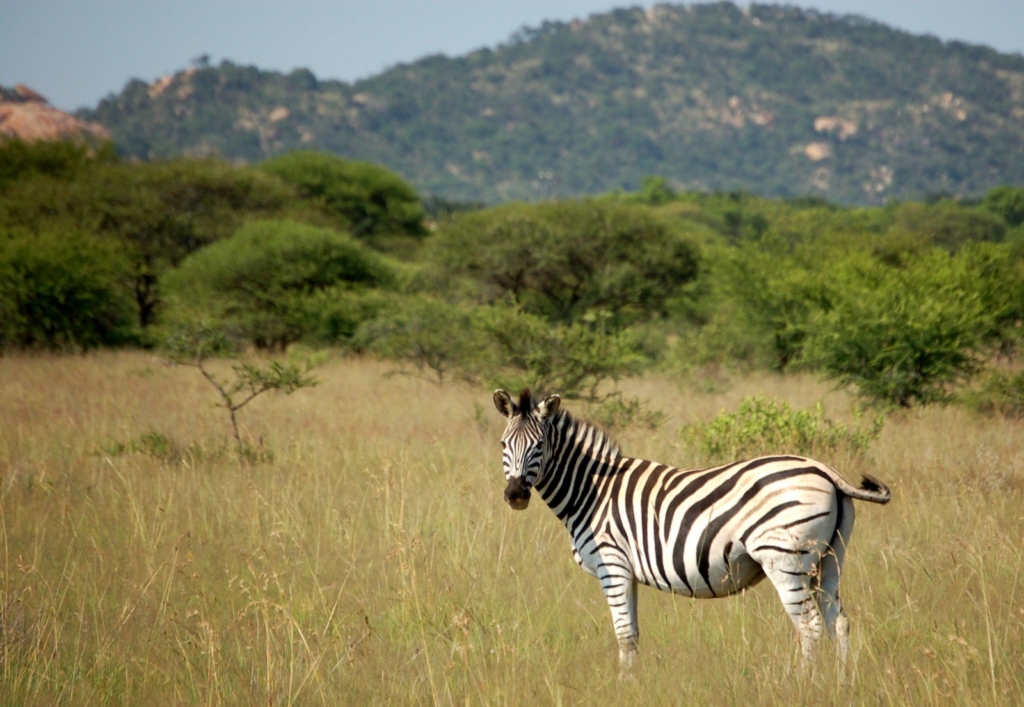
© Matt Artz
Johannesburg Botanical Gardens
Proclaimed in 1969 to provide a vast green lung in the heart of residential Johannesburg, the Botanical Gardens totals 81 hectares (810,000 sqm). The gardens offer recreational and educational facilities and feature a formal rose garden (10 000 buds), a Herbarium featuring 5532 indigenous plant species, and an Arboretum in which families of both South African and exotic species are planted together. There are a series of dams within the gardens, fed by natural springs, the biggest of which, Emmarentia Dam. The park and dam are used by the citizens of Johannesburg for walking, hiking, cycling, canoeing, sailing and fishing. It is a popular dog-walking park.
Safer in groups during the week, when it’s relatively quiet. Weekends, open from 6am to 6pm and perfectly safe to walk/run/cycle alone. Admission free

Johannesburg Botanical Gardens. Photo courtesy of sa-venues.com
Melville Koppies Nature Reserve
Within city boundaries, this 150-hectare hilly park is a national heritage site, featuring ancient iron age furnaces and rock formations up to 3.2 billion years old. The park offers hikes up to 3 hours long and is characterised by rocky crops to wooded riverine bush. The vegetation in Melville Koppies is entirely indigenous.
Central Section: controlled access for guided hikes. Admission R50 adult R20 children. East and West Sections have free access. Safer to go in groups — probably not less than 4 people.
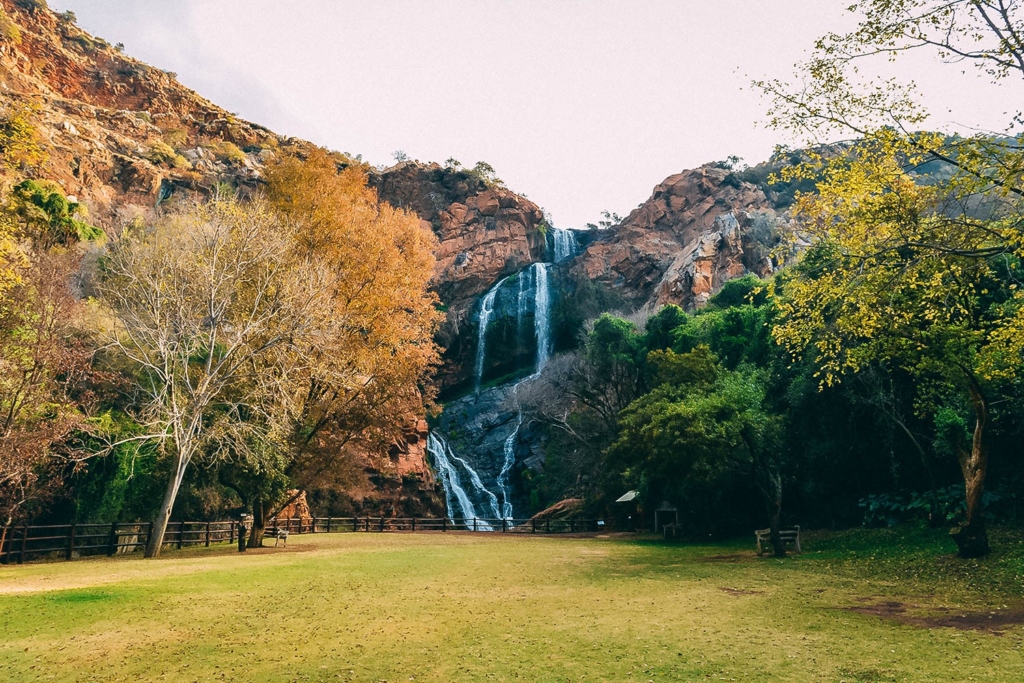
Walter Sisulu Botanical Gardens
Walter Sisulu Botanical Gardens.
North west of Johannesburg City centre, the pristine, 300-hectare Walter Sisulu Botanical Gardens was founded in 1982, but the area had been used as a popular picnic area since the 1800’s. It is located on the Roodefrans Ridge and comprises of rocky highveld grassland — a mosaic of savannah and dense bush in kloofs (gorges) and along streams. There are 600 naturally occurring plant species, a few small mammals: antelope, such as duiker and steenbuck; caracal (wildcat) South African hedgehog, cape porcupine and black-backed jackal. Of the 226 bird species, including bushveld, woodland, grassland, water and cliff face sub-species, the most famous is a pair of Verreaux’s Eagles, which nest on the cliff next to the 80-metre high Witpoortjie Waterfall. Formal gardens include succulent, cycad, fern, waterwise and the park is used for hiking, walking, and concerts.
The Gardens are open from 8 am to 6pm. Admission fee R25 Adults; Students R20; Kids R10. The gardens are always busy and it is safe to go on your own. No dogs
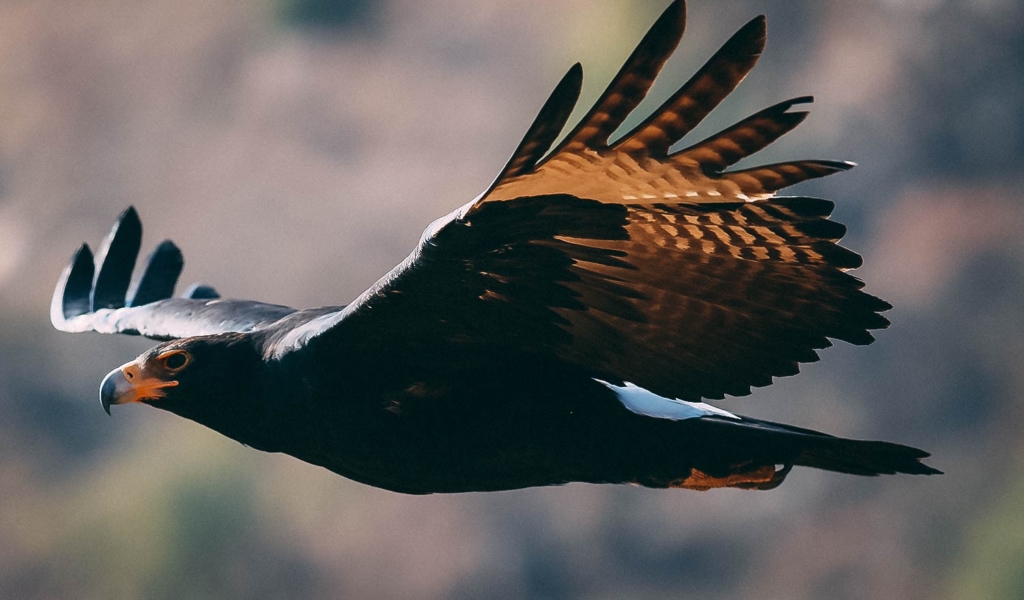
Verreaux’s Eagle
Delta Park
One of the most popular city parks, Delta Park, is located in the heart of residential suburbs — offering 104 hectares of open grassland and trees with a stream through the centre of the park(the Braamfontein Spruit). This park is used by locals daily for hiking, jogging, cycling, and dog-walking, as well as horse riding. The central section of the 20km Braamfontein Spruit trail falls within this park and is approximately 6km in length. The Park includes an Environmental Training Centre, Girl Guides and Boy Scout Trefoil Park, plus an ever more popular 5km Park Run, which attracts an average of 600 runners weekly.
One of the features of Delta Park is the Florence Bloom Bird Sanctuary, which is a secure bird haven including a bog and a lake, with two birdwatching hides.
Definitely safer in groups, although at weekends, when it is busy, it is perfectly safe in the main area of park.
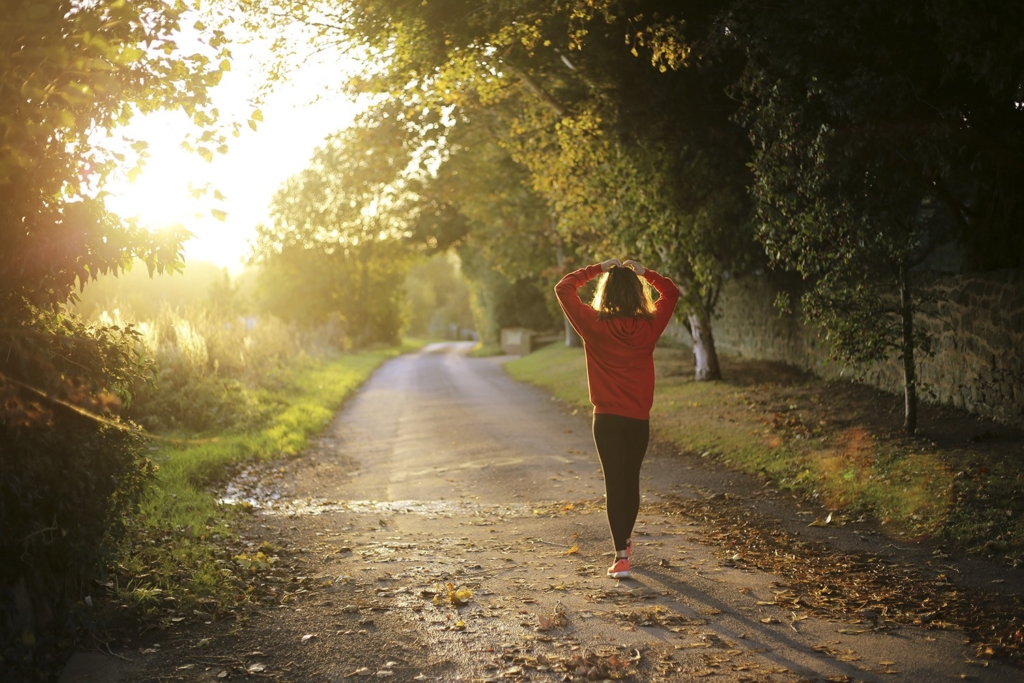
Braamfontein Spruit Trail
The Braamfontein hiking and jogging trail starts at the southern end of the Johannesburg Botanical Gardens, along the Braamfontein Spruit (Stream) and ends 20 km in the far north of the city. It runs through Delta Park, various residential areas and parks.
Only safe to visit in groups.
Suikerbosrand Nature Reserve
Suikerbosrand Nature Reserve is named after the Sugar Bush Protea and is an hour’s drive from Johannesburg. It is an 11,595-hectare reserve where hikers and cyclers tackle trails from 4.5km to 11km, within a total network of 66km of hiking trails through craggy rock formations, grassy plains and wooded kloofs (gorges). The reserve falls within the Highveld grassland biome, with upwards of 200 species of birds, including waterfowl nesting at the Sedaven Dam and wildlife — zebra, eland, black wildebeest, brown hyena. The geology of the park is two systems: Ventersdorp — igneous rock called basalt, formed millions of years ago after molten rock had congealed in or on the earth’s crust, and Witwatersrand, mainly sedimentary sandstone deposited in horizontal layers. Protea, such as the Sugar Bush, thrive in this geological area.
Admission R22 pp R11 per vehicle. Gates open 7 am to 6pm. Main walking trails are perfectly safe, but in the mountains, it is better if you run or hike in groups. This park is 11595 hectares.
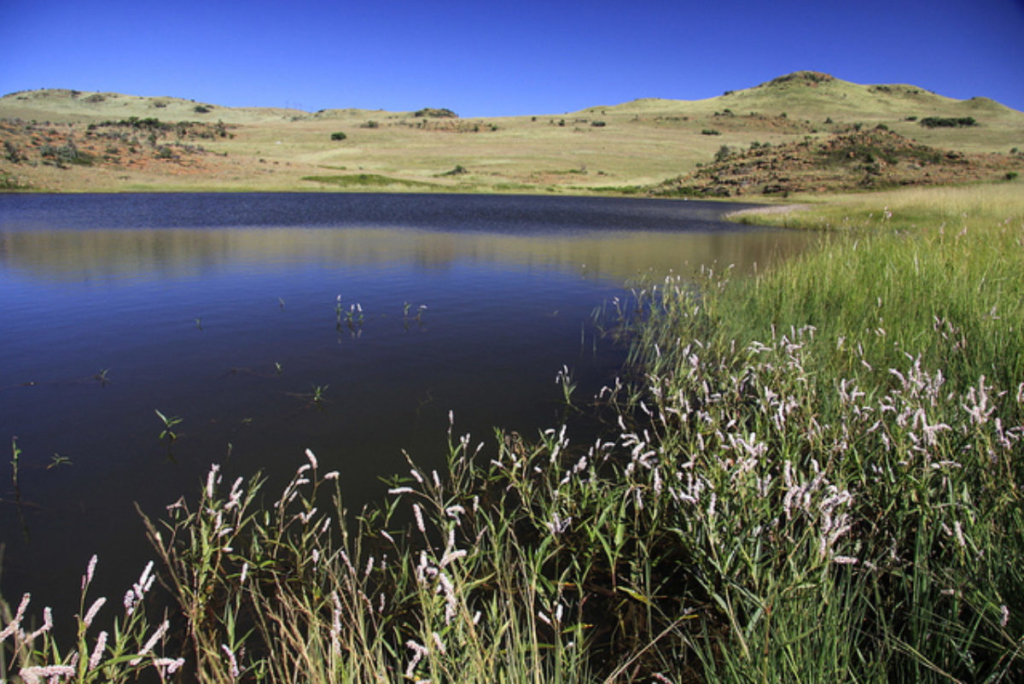
Photo courtesy of: Gauteng.net / Derek Keats
